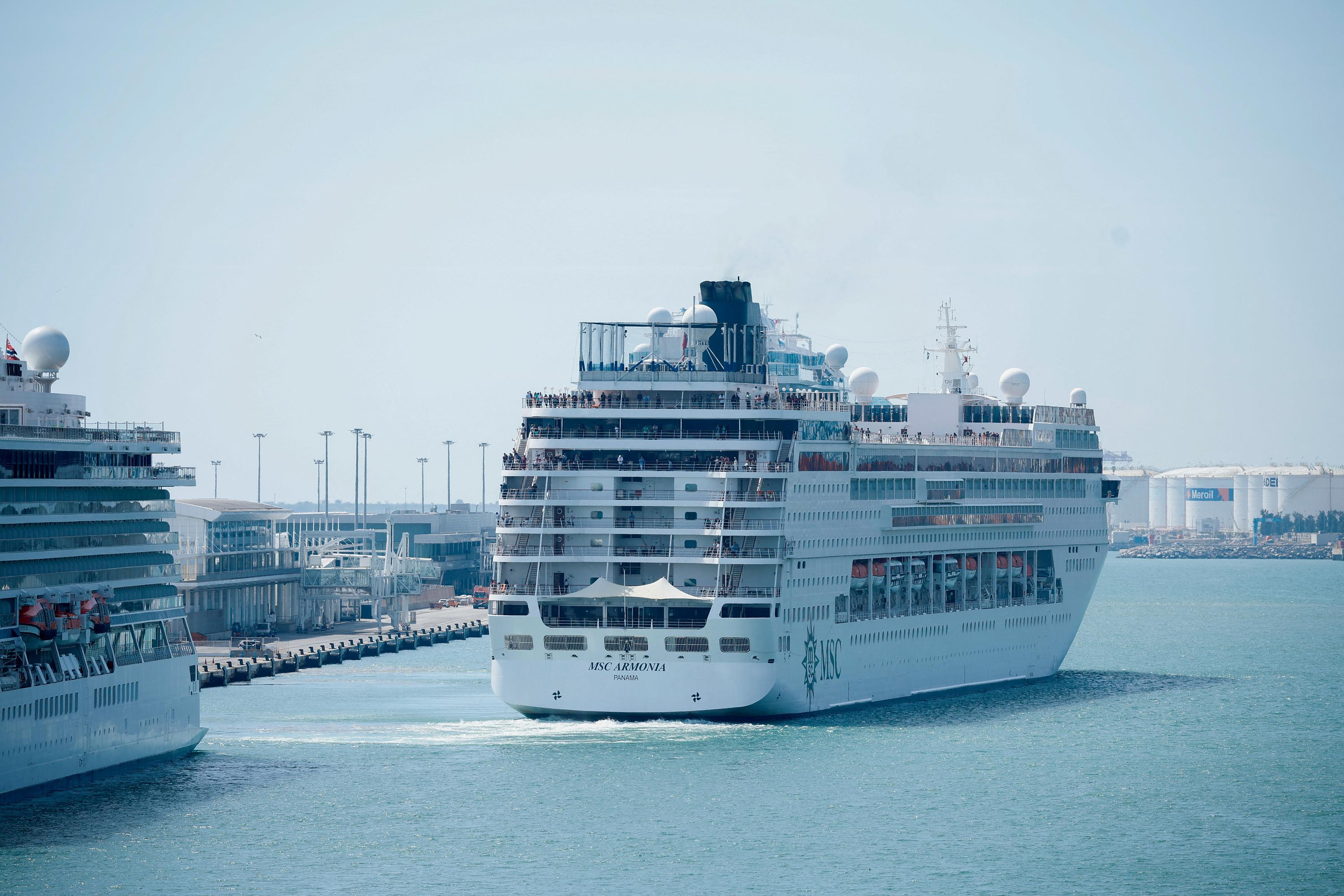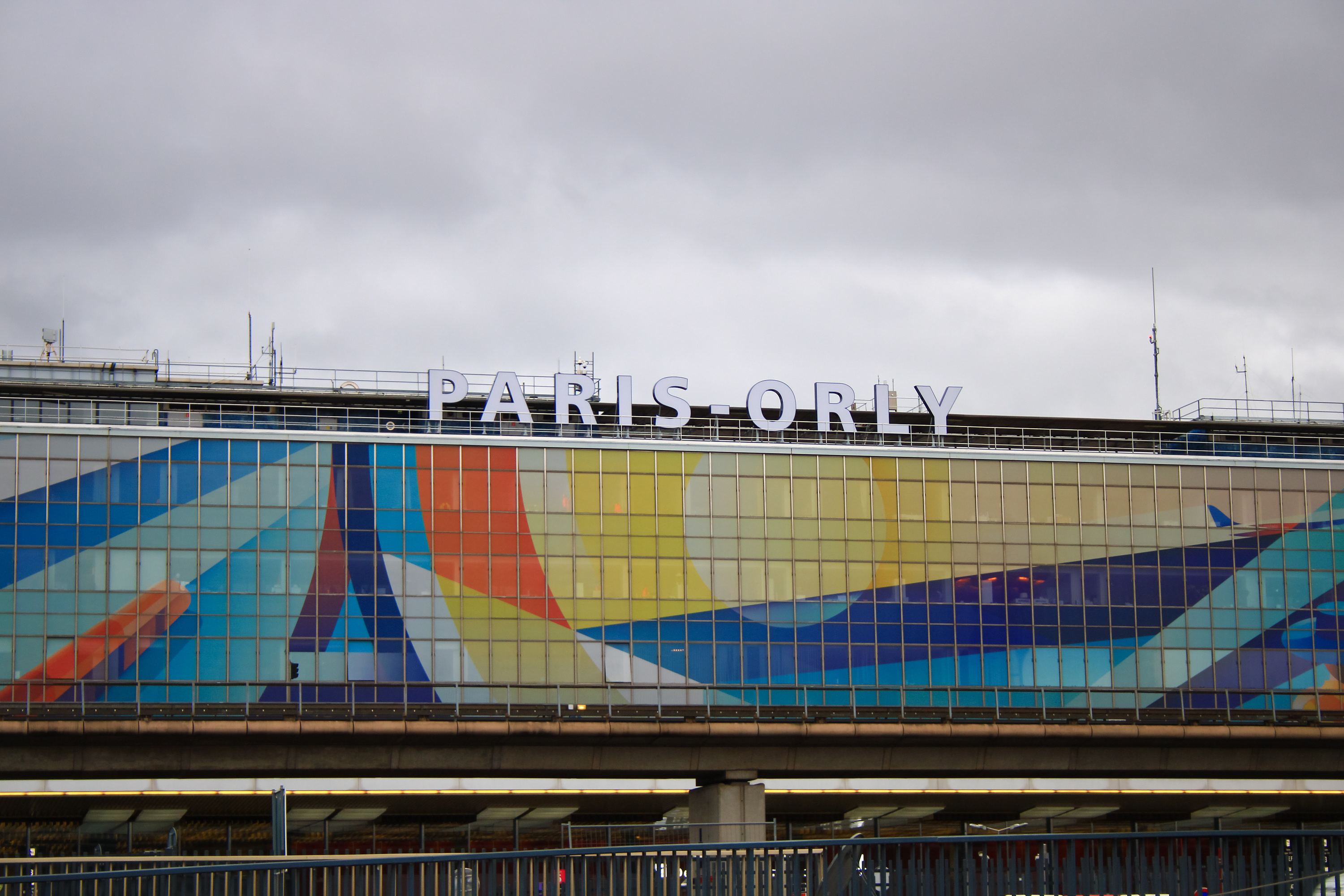"In the beginning was the mud. It was on the property Ekeby, just outside Uppsala, and it proved to be suitable raw material for both brick and ceramic products. The year was 1886 when the company Upsala-Ekeby was founded in order to exploit this natural resource. It was during a time when the old wooden buildings were demolished to get light and air and the need for brick grew. It was also kakelugnarnas golden times, and the new company could deliver the first-class products even on that front."
"eventually started the manufacturing of items that would adorn the style-conscious home. Pots, vases and barrels was a growing niche. Then, when the water-based heating systems began to be installed in newly built houses decreased demand on the tegelbaserade fireplaces with its glazed facades. Upsala-Ekeby became more and more a part of the school of art and landscape on the side of the glass factories that came to make Sweden the attention also to an international audience."
"That Magnus Palm writes wanted to the company at the beginning of the 30's ”rise from the pot and kakelnivån”. There is also this new artistic era in which his book is mainly about. It stretches from the advanced design starting around 1940 until dusk in the late 70's."
"In the center of attention are the artists that mainly contributed to the famous brand. In total, the reader may meet the 18 designers (eleven women and seven men), which was responsible for the more than 1 500 objects, which is illustrated in beautiful color images."
"To scroll through the pages in this book is like going to an antiques market. You get continuous aha-experiences. Meet the vases from the childhood home or ashtrays from the time when smoking was still a livsstilssymbol. The emphasis is on the ”big five” artists: Anna-Lisa Thomson, Vicke Lindstrand, Ingrid Atterberg, Mari Simmulson and Hjördis Oldfors. Some of their works have become classics, such as Ingrid Atterberg Pepita-series. To this category belong also some of Anna-Lisa Thomson's comics with names like sweet Peppers, Athene and Spectra. Many also feel again Mari Simmulsons-eyed women in different variations. "
"Sometimes the scrolling reason to aesthetic concerns is: How do Vicke Lindstrands ceramic products in comparison with his award-winning glass? He was the artistic director of the Upsala-Ekeby 1942-50 and came from the glass industry. Where he would later return. But from his subtle glass art, it is a giant step to the ceramic elephants that were so popular at the time. "
"He was not alone to design the trumpeting snablar in different angles. Even artists that Göran Andersson and Anna-Lisa Thomson involved in this craft but the customers cared enough not about who created what. It was a ”Ekebyelefant” you wanted to put on the shelf in the living room. "
"the Book treats in a special section figurines and sculptures as well as flower pots of various kinds. It was in the creation of the free figurinerna as the top artists in particular could excel. But they also contributed dutifully to the enormous manufacturing of the pots. According to a calculation sent more than five million different flower pots out on the Swedish market. This is, incidentally, about a range as in the day rather show up at flea markets than in the antiques."
"That Palm says: ”In the window sill in the folkhemmets newly built homes was usually a flowerpot from the Upsala-Ekeby”. The company realized the need for this product was almost insatiable. In a blurb stated the conditions for mass production: ”In the omplanterings-times to each husmoder to give his friends amongst the flowers extra warmth and life through the new pots”. "
"Decorating in the outdoor environment was a different niche for the company. Banks, schools and företagsmatsalar was from a collection called ”Byggnadskeramik”. This was, inter alia, the well-liked djurreliefer and a modular mosaiksystem for decorating. The method gave, according to the Palm a ”pixlig abstract imagery” which now seems to be that Upsala-Ekebys most distinctive contribution to the public art history."
"the Appetite grew while the tile spottades. 72 million plates a year were produced in the mid-60s. The company bought up other manufacturers in related industries, including porslinsfabrikerna Gefle and Karlskrona. Finally it was a veritable colossus on feet of clay. It was more quantity than quality, and the artists got tired. "
"I have an old personal relationship, Upsala-Ekeby. During the 1960s, I lived next door, it just framväxta the area of student housing. The company had its own railway station where you could take the yellow rail bus to Enköping. Went out on the morning walk towards the yet unexploited Flogstaområdet you could possibly meet on any of the artists or the skilled drejarna on their way to work."
"But in 1978 was the golden era past. In 1979 it was the last train past the bruksstationen. Now it remains företagsminnen, partly summed up in Magnus Palms grand bokmonument."
"the Big book of Upsala-Ekeby 1940-1978"
"Egmontu002FScandinavian Retro"

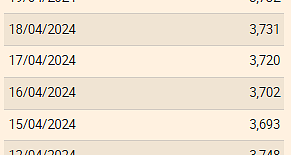 The Euribor today remains at 3.734%
The Euribor today remains at 3.734% Germany: the trial of an AfD leader, accused of chanting a Nazi slogan, resumes this Tuesday
Germany: the trial of an AfD leader, accused of chanting a Nazi slogan, resumes this Tuesday New York: at Columbia University, the anti-Semitic drift of pro-Palestinian demonstrations
New York: at Columbia University, the anti-Semitic drift of pro-Palestinian demonstrations What is Akila, the mission in which the Charles de Gaulle is participating under NATO command?
What is Akila, the mission in which the Charles de Gaulle is participating under NATO command? What High Blood Pressure Does to Your Body (And Why It Should Be Treated)
What High Blood Pressure Does to Your Body (And Why It Should Be Treated) Vaccination in France has progressed in 2023, rejoices Public Health France
Vaccination in France has progressed in 2023, rejoices Public Health France Food additives suspected of promoting cardiovascular diseases
Food additives suspected of promoting cardiovascular diseases “Even morphine doesn’t work”: Léane, 17, victim of the adverse effects of an antibiotic
“Even morphine doesn’t work”: Léane, 17, victim of the adverse effects of an antibiotic MEPs validate reform of EU budgetary rules
MEPs validate reform of EU budgetary rules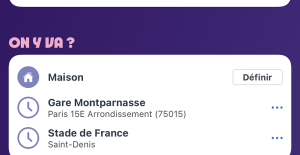 “Public Transport Paris 2024”, the application for Olympic Games spectators, is available
“Public Transport Paris 2024”, the application for Olympic Games spectators, is available Spotify goes green in the first quarter and sees its number of paying subscribers increase
Spotify goes green in the first quarter and sees its number of paying subscribers increase Xavier Niel finalizes the sale of his shares in the Le Monde group to an independent fund
Xavier Niel finalizes the sale of his shares in the Le Monde group to an independent fund Owner of Blondie and Shakira catalogs in favor of $1.5 billion offer
Owner of Blondie and Shakira catalogs in favor of $1.5 billion offer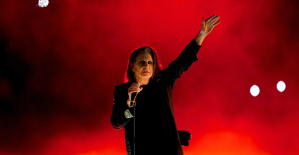 Cher et Ozzy Osbourne rejoignent le Rock and Roll Hall of Fame
Cher et Ozzy Osbourne rejoignent le Rock and Roll Hall of Fame Three months before the Olympic Games, festivals and concert halls fear paying the price
Three months before the Olympic Games, festivals and concert halls fear paying the price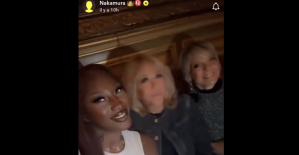 With Brigitte Macron, Aya Nakamura sows new clues about her participation in the Olympics
With Brigitte Macron, Aya Nakamura sows new clues about her participation in the Olympics Skoda Kodiaq 2024: a 'beast' plug-in hybrid SUV
Skoda Kodiaq 2024: a 'beast' plug-in hybrid SUV Tesla launches a new Model Y with 600 km of autonomy at a "more accessible price"
Tesla launches a new Model Y with 600 km of autonomy at a "more accessible price" The 10 best-selling cars in March 2024 in Spain: sales fall due to Easter
The 10 best-selling cars in March 2024 in Spain: sales fall due to Easter A private jet company buys more than 100 flying cars
A private jet company buys more than 100 flying cars This is how housing prices have changed in Spain in the last decade
This is how housing prices have changed in Spain in the last decade The home mortgage firm drops 10% in January and interest soars to 3.46%
The home mortgage firm drops 10% in January and interest soars to 3.46% The jewel of the Rocío de Nagüeles urbanization: a dream villa in Marbella
The jewel of the Rocío de Nagüeles urbanization: a dream villa in Marbella Rental prices grow by 7.3% in February: where does it go up and where does it go down?
Rental prices grow by 7.3% in February: where does it go up and where does it go down? Europeans: “All those who claim that we don’t need Europe are liars”, criticizes Bayrou
Europeans: “All those who claim that we don’t need Europe are liars”, criticizes Bayrou With the promise of a “real burst of authority”, Gabriel Attal provokes the ire of the opposition
With the promise of a “real burst of authority”, Gabriel Attal provokes the ire of the opposition Europeans: the schedule of debates to follow between now and June 9
Europeans: the schedule of debates to follow between now and June 9 Europeans: “In France, there is a left and there is a right,” assures Bellamy
Europeans: “In France, there is a left and there is a right,” assures Bellamy These French cities that will boycott the World Cup in Qatar
These French cities that will boycott the World Cup in Qatar Serie A: Bologna surprises AS Rome in the race for the C1
Serie A: Bologna surprises AS Rome in the race for the C1 Serie A: Marcus Thuram king of Italy, end of the debate for the position of number 9 with the Blues?
Serie A: Marcus Thuram king of Italy, end of the debate for the position of number 9 with the Blues? Milan AC-Inter Milan: Thuram and Pavard impeccable, Hernandez helpless… The tops and flops of the derby
Milan AC-Inter Milan: Thuram and Pavard impeccable, Hernandez helpless… The tops and flops of the derby Ligue 2: Auxerre leader, Bordeaux in crisis, play-offs... 5 questions about an exciting end of the season
Ligue 2: Auxerre leader, Bordeaux in crisis, play-offs... 5 questions about an exciting end of the season




